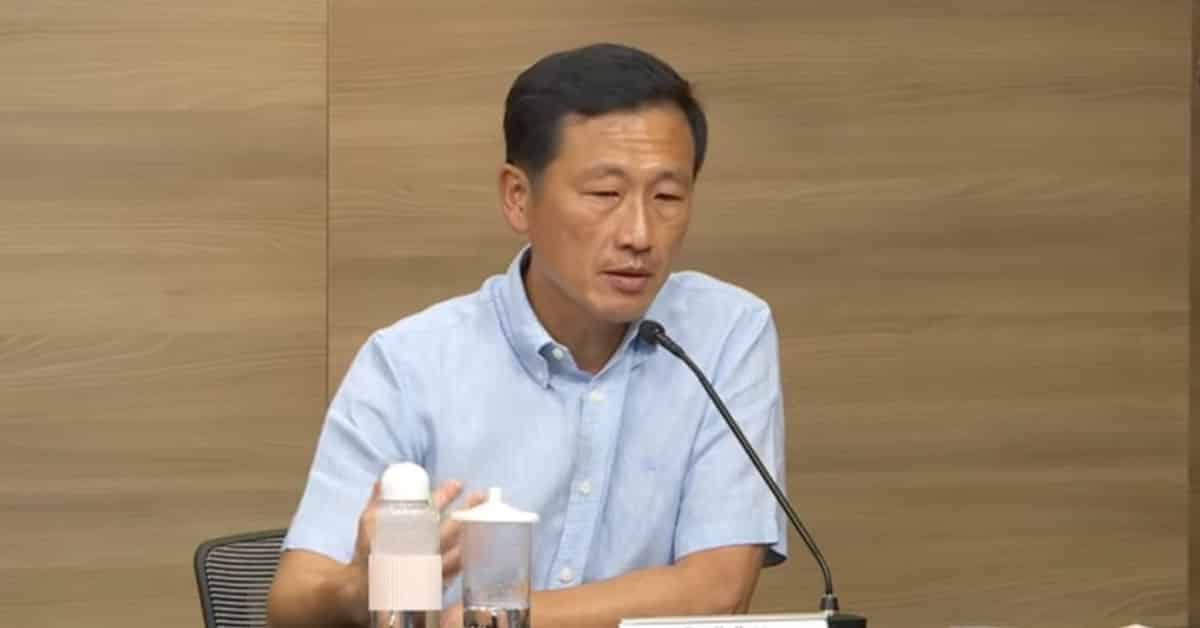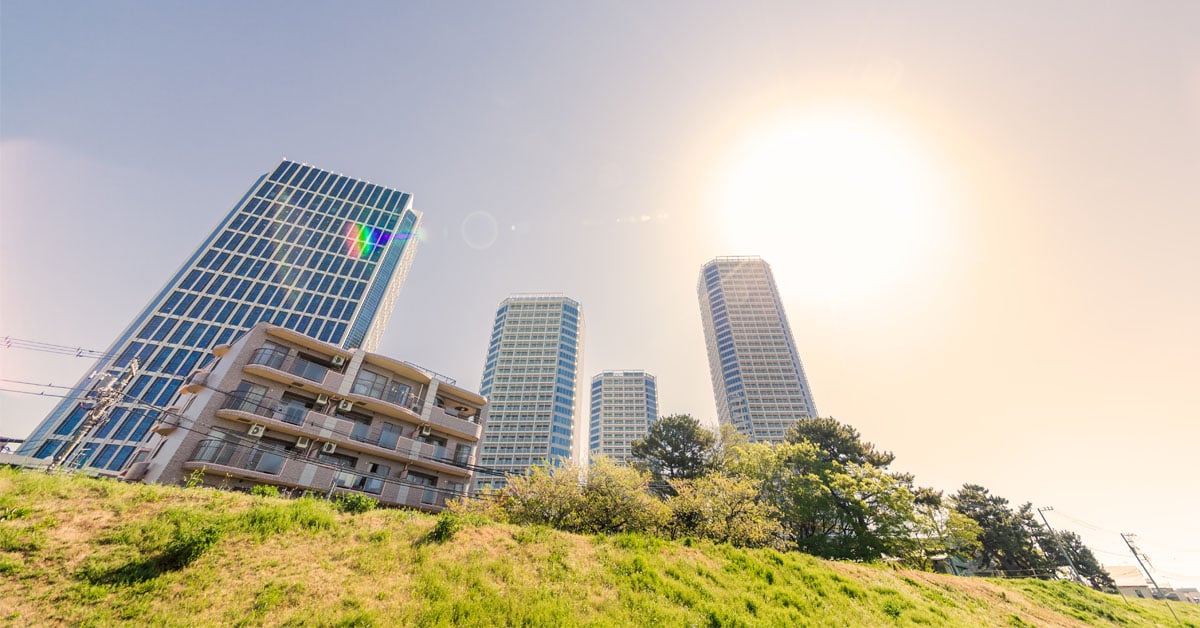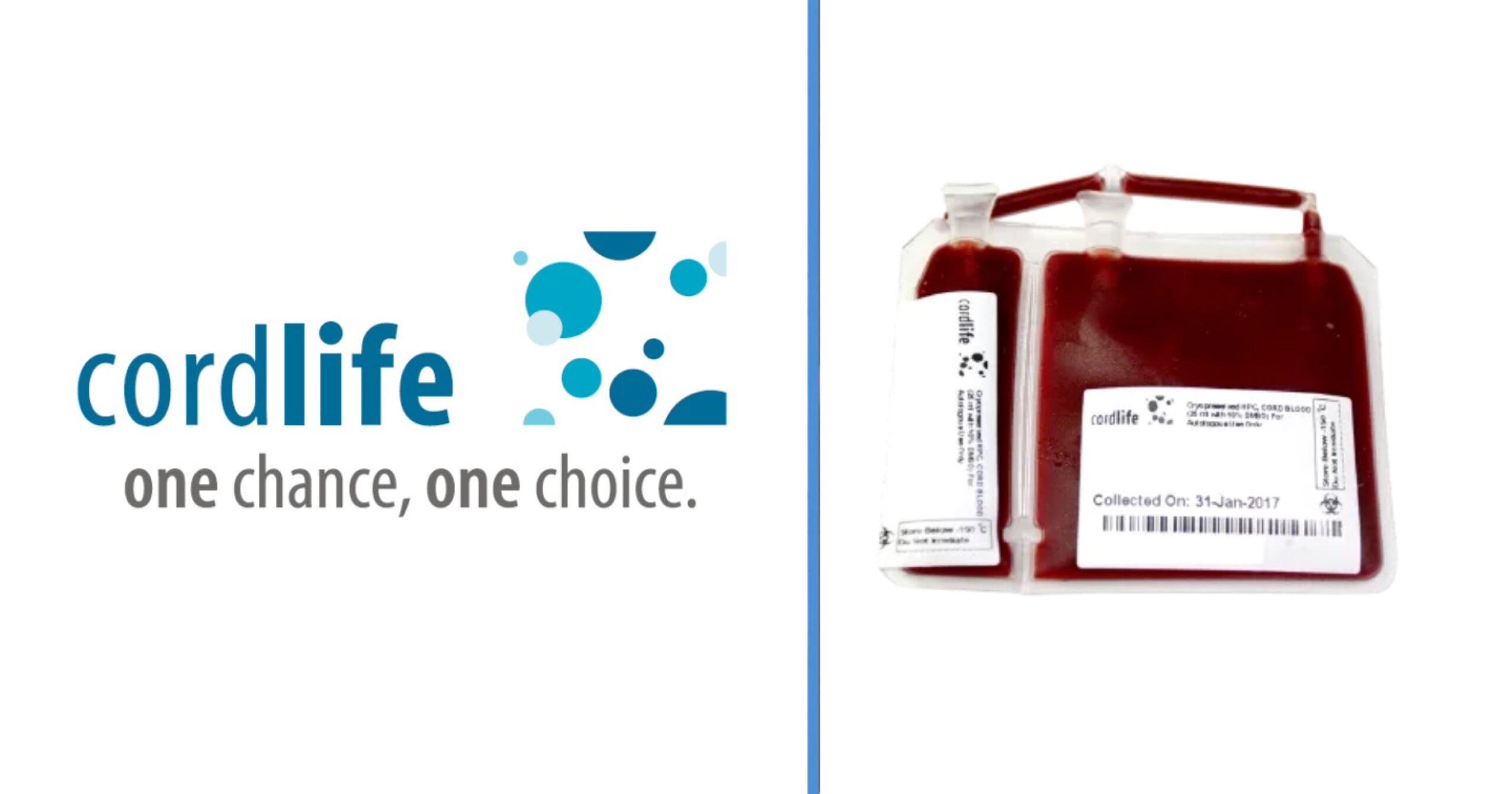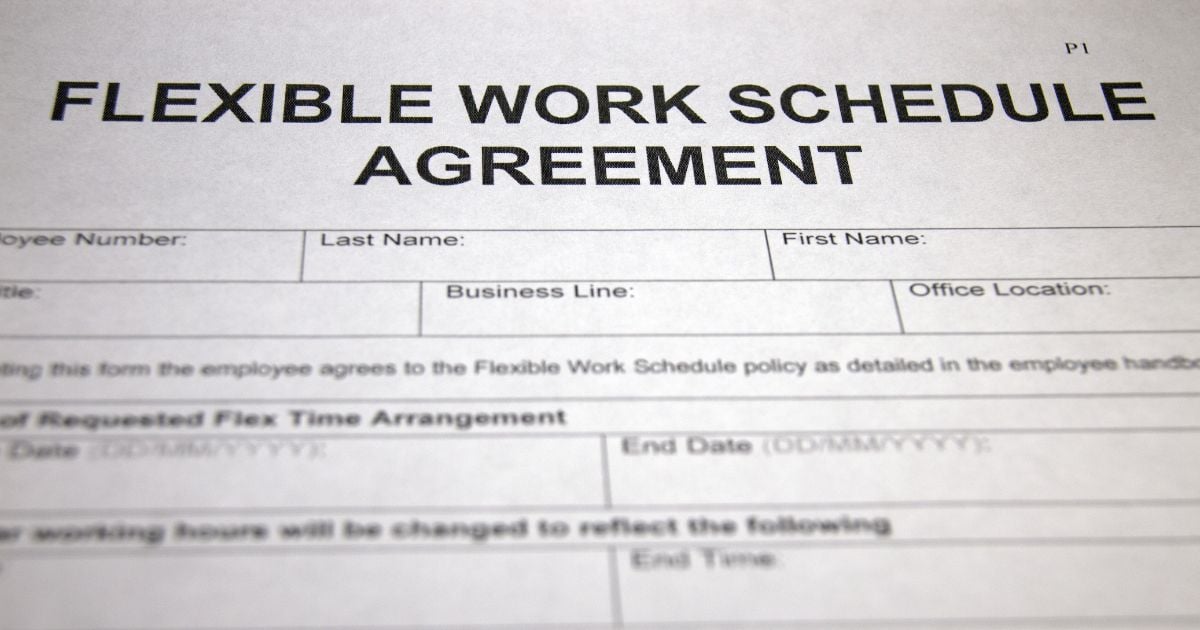On 28 Dec 2020, we finally moved to Phase 3 of our safe reopening.
At the time, vaccines were just starting to come in and optimism around the situation was growing.
Since we were already at Phase 3 then, many of us estimated that we’d at least be at Phase 6B by now.
Instead, we’re back at Phase 2, but with a twist – “heightened alert (HA).”
Many residents here have pointed the finger at those who have visited KTV lounges recently, as they make up the second largest active cluster in the country with 215 infections.
But according to our Health Minister, there’s another reason for the shift back to Phase 2.
Ong Ye Kung: KTV Visitors “Irresponsible”, But Not the Reason for New COVID-19 Restrictions
Those involved in the KTV lounges cluster behaved irresponsibly, but were not the reason for the reversion back to Phase 2 (HA), Mr Ong Ye Kung said in a Facebook post yesterday (21 July).
The Health Minister said he’s received several queries, including from his friends on WhatsApp, about why the government chose to return to Phase 2 (HA) when the plan was to live with COVID-19.
Many have blamed KTV visitors, but it was another cluster that forced the multi-ministry task force (MTF) to make the tough decision.
“In fact, the MTF thought we could control the KTV cluster, and decided to keep F&B establishments open with the 2/5 pax rule, i.e. allow five pax if all are fully vaccinated,” Mr Ong said.
It did manage to do so, as the number of cases from the KTV cluster has come down over the past few days.
“What caused a slide back to Phase 2 (HA) is the Jurong Fishery Port cluster,” the health minister said.
“Unfortunately, while our fishmongers and stall assistants were going about earning an honest living, they got infected at the Port. As they went on to work at various markets around the island, many more cases in the community were seeded.”
At the moment, there are 454 cases linked to the Jurong Fishery Port/Hong Lim Market & Food Centre cluster, making it our largest active cluster.
Why Suspend Dining Out If No Cases Are Detected at Eateries?
Another question that was posed to Mr Ong was why dining out was suspended when no cases have been detected in those settings.
“Unfortunately it does not work like that,” Mr Ong wrote.
“If 5 friends meet for dinner, each has 5 people at home, who in turn meet their friends in groups of 5, we have a network of 5x5x5=125 connections for the virus to work itself through. This will turbo charge the Jurong Fishery Port cluster further.”
Tighter Restrictions Needed to Protect Unvaccinated Elderly
Another reason for the return to Phase 2 (HA) is that markets are frequented by visitors, many of whom are unvaccinated.
If left unchecked, this could lead to an “uncontrollable rise in cases”, which could potentially result in many cases of severe illness or even deaths, Mr Ong said.
This is why the task force chose to “preemptively tighten up social activities.”
50% of Population Fully Vaccinated
The good news is that half of our entire population has been vaccinated.
Mr Ong said the authorities are pleased with this rate but that it needs to increase further.
He said that this percentage will go up by 1 every day, meaning around 64% of the population will be fully inoculated in 2 weeks.
“That will put us in a much stronger and resilient position when we review the Phase 2 (HA) rules,” he wrote.
“We are so close to being in a much stronger and confident position. Given the gravity of the Jurong Fishery Port cluster, we felt it is not the time to risk it all now.”
‘It’s a frustrating situation, but I hope with my explanation, we understand why the measures are necessary,” he added.
Phase 2 (HA) begun today and will end on 18 Aug.
You can read Mr Ong’s full Facebook post below:
Featured Image: Youtube (CNA)




